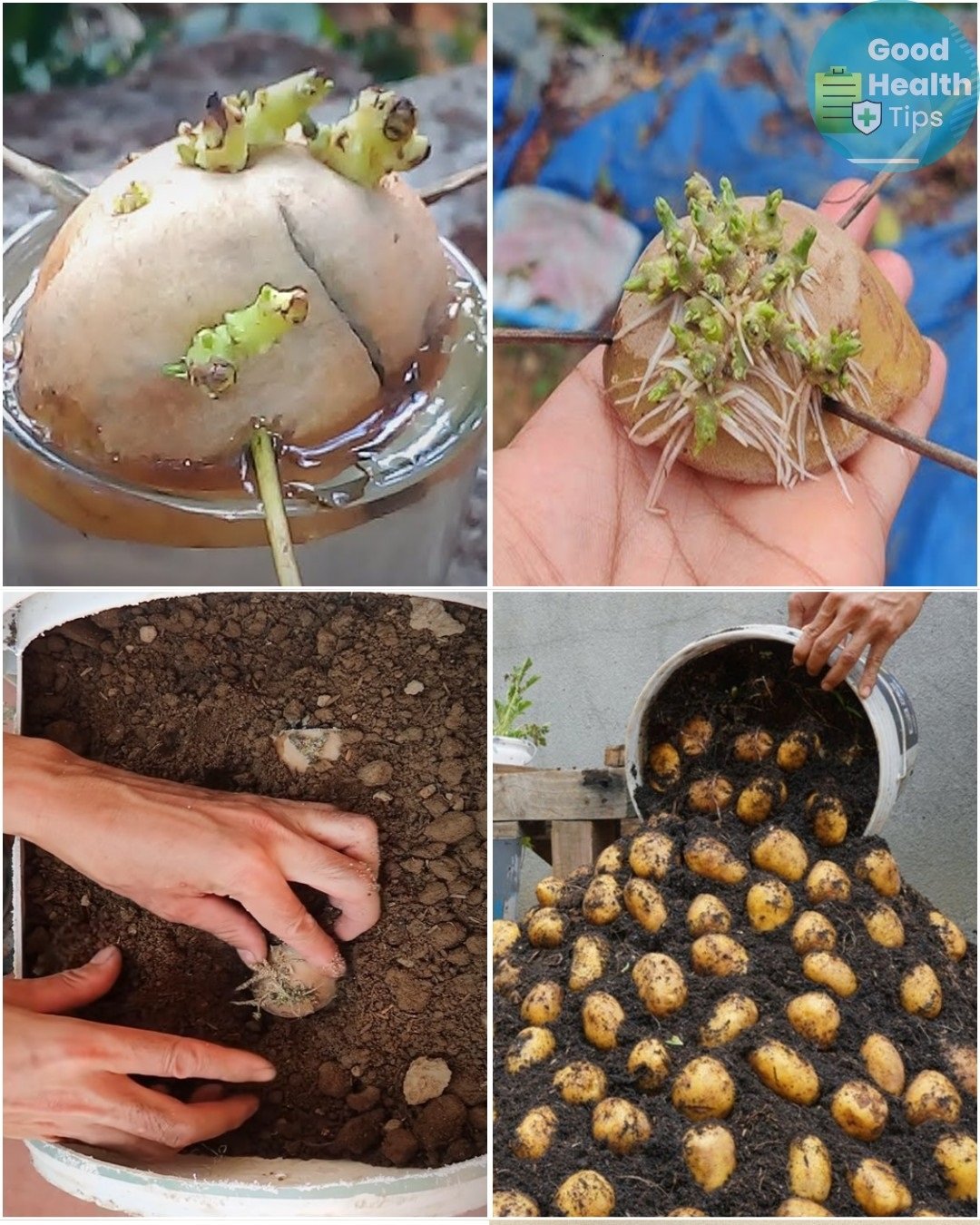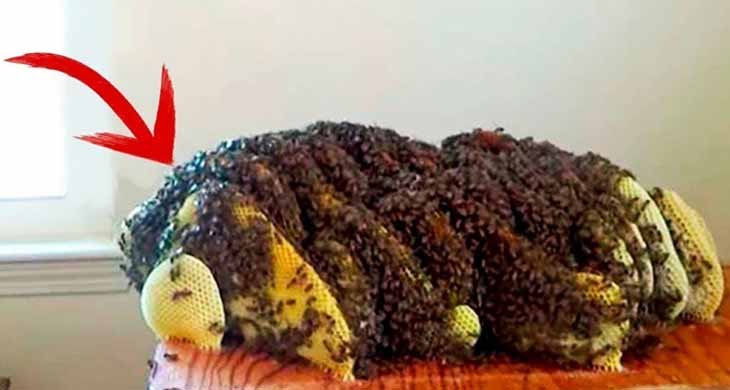Gardening is a rewarding endeavor that brings beauty, sustenance, and a sense of accomplishment. However, not all plants play well together. Just as people can have difficult neighbors, plants can also suffer when paired with incompatible species. This phenomenon, known as “allelopathy,” occurs when one plant releases chemicals that inhibit the growth of another. Additionally, some plants compete for the same nutrients, attract pests, or create unfavorable growing conditions for their neighbors.
To ensure a thriving garden, it’s essential to know which plants should never be grown side by side. In this article, we’ll explore nine plant pairs that are bad neighbors and explain why they don’t get along.
1. Tomatoes and Corn
Why They Don’t Mix:
Tomatoes and corn are both heavy feeders, meaning they require a lot of nutrients from the soil. When planted together, they compete for the same resources, leading to stunted growth and poor yields for both plants. Additionally, corn attracts the corn earworm, which can also attack tomatoes, spreading pests and diseases between the two crops.
What to Plant Instead:
Pair tomatoes with basil or marigolds, which repel pests and enhance tomato growth. Corn grows well with beans and squash, as in the traditional “Three Sisters” planting method.
2. Potatoes and Sunflowers
Why They Don’t Mix:
Sunflowers produce chemicals that can inhibit the growth of nearby plants, including potatoes. Additionally, sunflowers attract birds and pests that may damage potato plants. The tall stature of sunflowers can also shade potatoes, which need plenty of sunlight to thrive.
What to Plant Instead:
Plant potatoes with companions like horseradish or beans, which deter pests and improve soil health. Sunflowers do well alongside cucumbers or lettuce.
3. Cucumbers and Aromatic Herbs
Why They Don’t Mix:
While aromatic herbs like sage and rosemary are great for repelling pests, they can stunt the growth of cucumbers. Cucumbers prefer moist soil and humid conditions, whereas many aromatic herbs thrive in drier environments. This mismatch in growing conditions can lead to poor performance for both plants.
What to Plant Instead:
Cucumbers grow well with beans, peas, and radishes. Save the aromatic herbs for pairing with plants like carrots or cabbage.
4. Onions and Peas
Why They Don’t Mix:
Onions and other alliums (like garlic and leeks) release compounds that can inhibit the growth of peas and other legumes. Peas, in turn, prefer soil that is rich in nitrogen, which onions don’t provide. This incompatibility can lead to reduced yields for both plants.
What to Plant Instead:
Onions pair well with carrots, lettuce, and beets. Peas thrive alongside carrots, cucumbers, and radishes.
5. Broccoli and Strawberries
Why They Don’t Mix:
Broccoli is a heavy feeder that requires a lot of nutrients, which can deplete the soil and leave little for strawberries. Additionally, strawberries prefer slightly acidic soil, while broccoli thrives in neutral to slightly alkaline conditions. This difference in soil pH requirements can make it difficult for both plants to flourish.
What to Plant Instead:
Broccoli grows well with onions, potatoes, and celery. Strawberries pair nicely with spinach, lettuce, and thyme.
6. Beans and Onions
Why They Don’t Mix:
Beans and onions are another classic example of bad neighbors. Onions release compounds that can inhibit the growth of beans, while beans prefer soil that is rich in nitrogen, which onions don’t provide. This mutual incompatibility can lead to poor growth for both plants.
What to Plant Instead:
Beans grow well with corn, cucumbers, and potatoes. Onions thrive alongside carrots, lettuce, and tomatoes.
7. Cabbage and Grapes
Why They Don’t Mix:
Cabbage and other brassicas (like broccoli and cauliflower) release chemicals that can inhibit the growth of grapevines. Additionally, grapes prefer well-drained soil, while cabbage requires consistently moist soil. These differing needs make them poor companions.
What to Plant Instead:
Cabbage grows well with herbs like dill and rosemary, which repel pests. Grapes thrive alongside cover crops like clover or legumes.
8. Peppers and Fennel
Why They Don’t Mix:
Fennel is known to be allelopathic, meaning it releases chemicals that can inhibit the growth of nearby plants, including peppers. Fennel also attracts certain pests that can damage pepper plants. For these reasons, it’s best to keep fennel isolated from most other garden plants.
What to Plant Instead:
Peppers grow well with basil, onions, and tomatoes. Fennel should be planted in a separate area of the garden, away from other crops.
9. Asparagus and Garlic
Why They Don’t Mix:
Garlic and other alliums can stunt the growth of asparagus by competing for nutrients and releasing chemicals that inhibit asparagus development. Asparagus is a perennial crop that requires several years to establish, making it particularly vulnerable to poor companions.
What to Plant Instead:
Asparagus grows well with parsley, basil, and tomatoes. Garlic pairs better with carrots, lettuce, and beets.
Tips for Successful Companion Planting
- Research Before Planting: Always research the compatibility of plants before placing them side by side in your garden.
- Rotate Crops: Practice crop rotation to prevent soil depletion and reduce the risk of pests and diseases.
- Use Barriers: If incompatible plants must be grown near each other, consider using physical barriers or raised beds to separate them.
- Monitor Soil Health: Regularly test and amend your soil to ensure it has the right pH and nutrient levels for your plants.
- Attract Beneficial Insects: Plant flowers like marigolds and nasturtiums to attract pollinators and repel pests.
Conclusion
Understanding which plants are bad neighbors is crucial for creating a healthy and productive garden. By avoiding incompatible plant pairs and choosing companions that support each other’s growth, you can maximize your garden’s potential and enjoy a bountiful harvest. Whether you’re growing vegetables, herbs, or flowers, a little planning goes a long way in ensuring your garden thrives.
By following these guidelines, you’ll be well on your way to cultivating a harmonious garden where every plant can flourish. Happy gardening!



